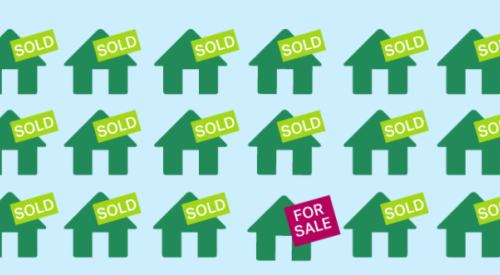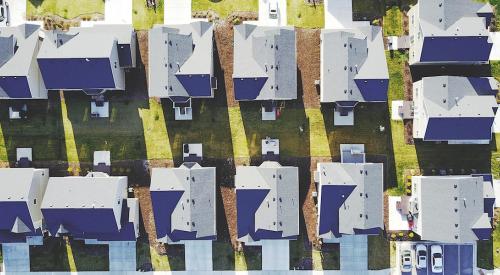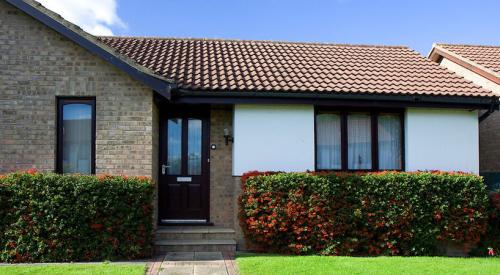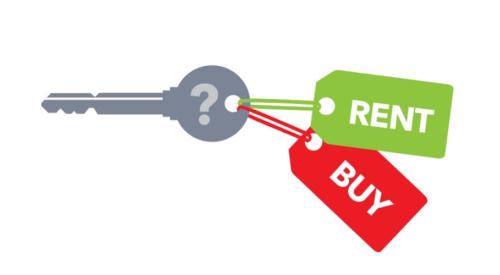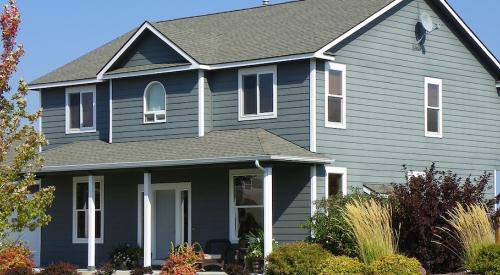The number of homes for sale in the U.S. has substantially decreased over the last four years, a Trulia report finds.
According to the real estate site’s quarterly Trulia Inventory and Price Watch, starter and trade-up home stock has declined 40 percent since 2012. Starter homes on the market fell from 423,012 (30.2 percent of the total market) in 2012 to 238,461 (27.7 percent) in 2016. For trade-up homes, inventory dropped from 380,406 (27.2 percent) to 224,609 (26.1 percent) over the last four years.
There’s a correlation between availability and affordability. Trulia notes that starter-home buyers need to spend 5.6 percent more of their income, up to 37.7 percent, for a home today compared with 2012, based on the median income of starter-home buyers. The median list price for a starter home is $154,156.
As for trade-ups, homebuyers need to spend 2.6 percent more of their income, which is up to 24.9 percent of the money they earn annually. A trade-up home’s median price is $267,845.
Trulia chief economist Ralph McLaughlin wrote in the report that inventory has dropped for a few reasons, including that investors snapped up foreclosed homes during the recession and turned them into rentals, and that many lower-price homes are still underwater when compared with premium homes. Owners of those underwater homes are unlikely to sell for a loss.
“Most importantly, rising prices are creating homebuyer gridlock,” McLaughlin wrote. “In other words, the spread of home prices, specifically the growing difference between premium home prices and trade-up home prices, is likely causing a decrease in trade-up home inventory.”
Premium home inventory has also dropped, from 597,646 in 2012 to 397,799 in 2016, but the category is now more prevalent. Premium homes now make up 46.2 percent of the total market, up from 42.7 percent four years ago.
“The more premium home prices rise, the more difficult it is for trade-up homeowners to find a premium home that fits their budget,” McLaughlin wrote. “And if trade-up homeowners can’t find a home that fits their budget, they are less likely to sell their existing home. In fact, there is a strong correlation between growth in the premium home price gap and a drop in the inventory of trade-up homes. In other words, housing segments are intertwined. The more premium prices rise, the less likely existing trade-up homeowners will put their homes on the market.”

